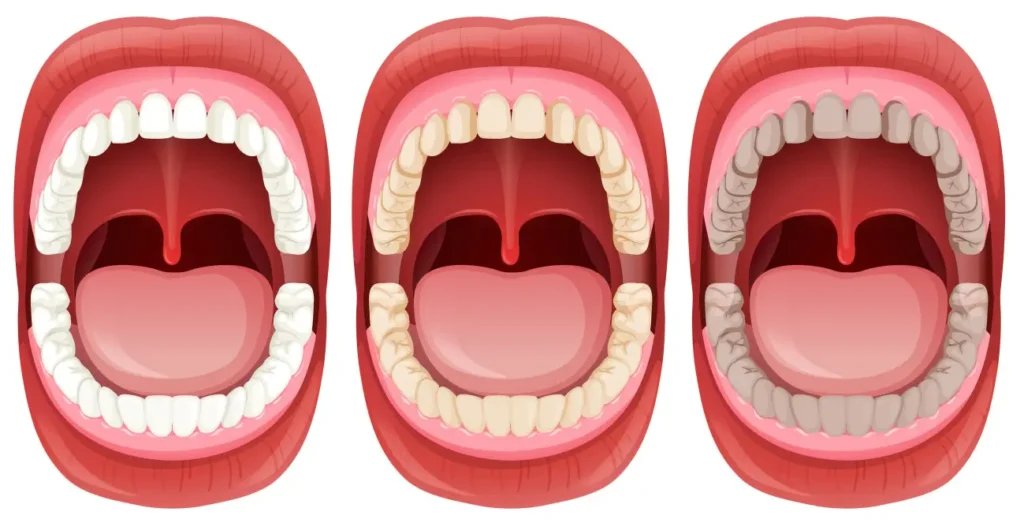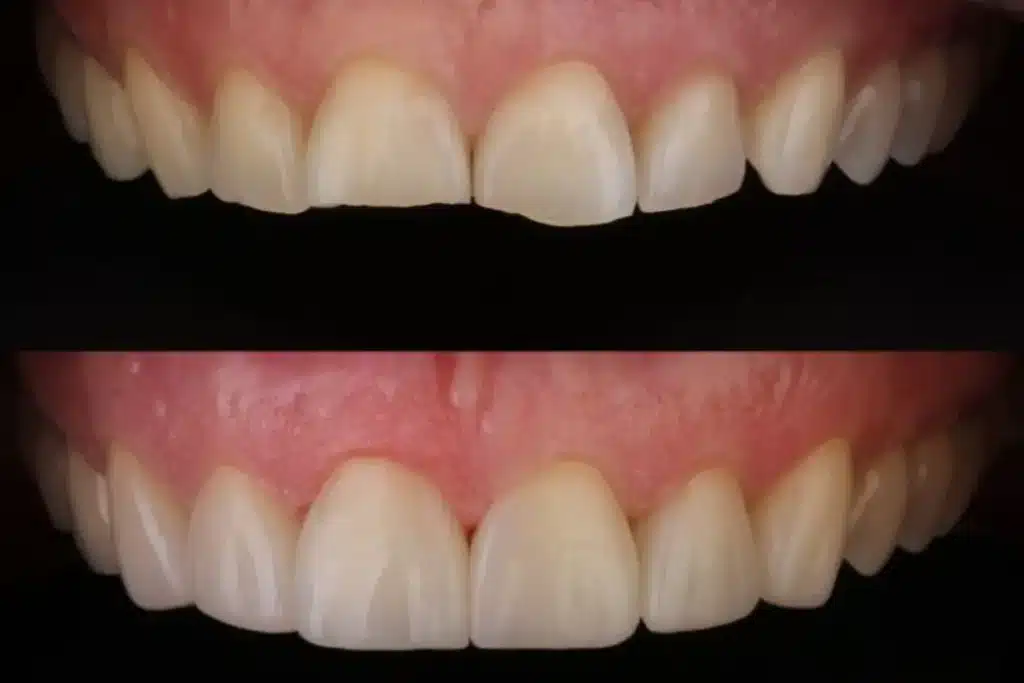Tooth Erosion: How Poor Oral Hygiene and Bruxism Quietly Destroy Your Smile
Tooth erosion is one of the most underestimated dental conditions, yet it silently affects millions every year. Unlike cavities, which are often painful and obvious, tooth erosion sneaks up subtly—gradually wearing down the enamel layer that protects your teeth. The primary culprits? Poor oral hygiene routines and a condition known as bruxism—unconscious teeth grinding, often during sleep.
This article dives deep into how these two habits, often overlooked or misunderstood, combine to wreak havoc on oral health. We’ll explore the science behind erosion, how to recognize its signs early, and what modern periodontics can offer in terms of prevention and treatment. Whether you’re someone struggling with sensitivity or just curious about what lies behind that morning jaw pain, you’re about to discover why taking erosion seriously matters—more than ever read more.
What Is Tooth Erosion?
Tooth erosion is the irreversible loss of tooth structure due to chemical dissolution by acids not of bacterial origin. Unlike cavities, which result from bacterial activity, erosion is caused by external acids from food, drinks, or stomach acids. Over time, this leads to thinning enamel, increased tooth sensitivity, and aesthetic concerns like discoloration or shortening of teeth.

How Poor Oral Hygiene Accelerates Erosion
Neglecting proper oral hygiene allows plaque and tartar to build up, harboring bacteria that produce acids. These acids can weaken enamel, making teeth more susceptible to erosion. Additionally, improper brushing techniques or using hard-bristled toothbrushes can physically wear down enamel, compounding the problem.
The Role of Bruxism in Tooth Wear
Bruxism, or teeth grinding, often occurs unconsciously during sleep. This constant pressure can lead to mechanical wear of the enamel, especially on the biting surfaces. Over time, this can result in flattened teeth, increased sensitivity, and even fractures. Stress and anxiety are common triggers for bruxism, making it a prevalent issue in today’s fast-paced world.
Signs You Might Be Experiencing Tooth Erosion
- Increased tooth sensitivity to hot, cold, or sweet foods.
- Visible thinning or shortening of teeth.
- Discoloration, particularly a yellowish hue.
- Rounded edges on teeth.
- Chipping or cracking, especially on the biting surfaces.
If you notice any of these signs, it’s crucial to consult a dental professional promptly.

Prevention: How to Protect Your Smile
- Maintain a proper oral hygiene routine: Brush twice daily with a fluoride toothpaste and floss regularly.
- Use a soft-bristled toothbrush to avoid unnecessary enamel wear.
- Limit acidic food and drink intake, such as citrus fruits, sodas, and wine.
- Wear a night guard if you grind your teeth during sleep.
- Stay hydrated to promote saliva production, which naturally protects enamel.
- Regular dental check-ups: Early detection can prevent severe damage.
Treatment Options for Advanced Erosion
For cases where erosion has progressed significantly:
Dental bonding: Applying a tooth-colored resin to restore the tooth’s appearance and function.
Crowns or veneers: Covering the affected teeth to protect them and improve aesthetics.
Root canal therapy: If the erosion reaches the pulp, this procedure may be necessary.
Lifestyle modifications: Addressing underlying causes like bruxism through stress management techniques.
The Importance of Early Intervention
Addressing tooth erosion early can prevent more severe complications down the line. Regular dental visits and being proactive about oral health can save time, money, and preserve the natural structure of your teeth read more.

The Long-Term Effects of Tooth Erosion
If left untreated, tooth erosion can lead to a wide range of long-term oral health problems that go far beyond simple cosmetic issues. As the protective enamel wears away, the underlying dentin becomes exposed, which significantly increases tooth sensitivity. Patients often begin to experience sharp discomfort when consuming hot, cold, or sweet foods. Over time, teeth become more prone to cavities, as the inner structures are less resistant to decay than enamel.
Tooth Erosion vs. Tooth Decay: What’s the Difference?
To many patients, tooth erosion and tooth decay seem like the same thing, but they are actually quite different in both cause and progression. Tooth erosion is a chemical process that occurs when acids from external sources—such as food, drinks, or stomach acid—dissolve the enamel. This process happens gradually and often affects the front surfaces of the teeth, creating a smooth, shiny appearance. On the other hand, tooth decay is caused by acids that result from bacterial activity in dental plaque. These acids break down the enamel and create small holes or cavities, typically in hidden or hard-to-reach areas like between teeth or inside pits and fissures.
